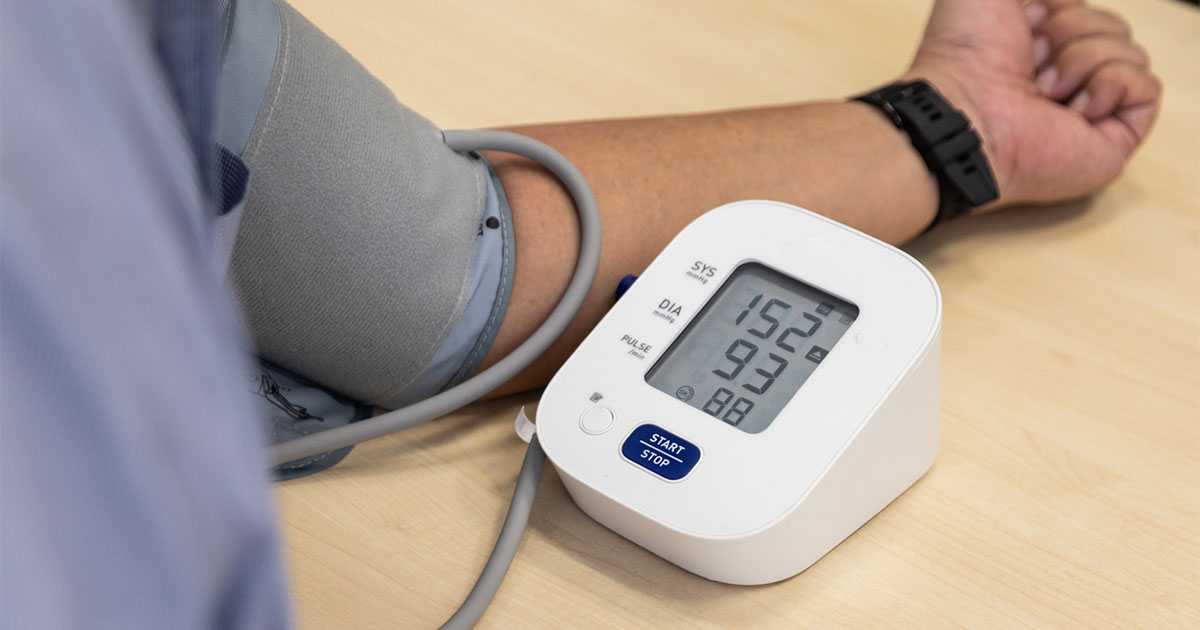The ability of intensive glycaemic control to reduce the development of microvascular disease is already well established. Following the publication of the landmark UKPDS (UK Prospective Diabetes Study Group, 1998a; b), it also appeared likely that intensive glycaemic control led to reductions in cardiovascular events. However, recently published studies comparing intensive with standard glycaemic control have provided inconsistent results for cardiovascular endpoints, raising questions over whether intensive therapy may actually be harmful in terms of all-cause mortality and macrovascular outcomes. In particular, the ACCORD (Action to Control Cardiovascular Risk in Diabetes) Study (ACCORD Study Group, 2008) was stopped prematurely due to higher mortality in the intensively treated group, and, in the VADT (Veterans Affairs Diabetes Trial; Duckworth et al, 2009), intensive glucose control resulted in no clinical benefit.
To address the key question of whether intensive glycaemic control has either a harmful or a beneficial effect on all-cause death and cardiovascular disease, a meta-analysis was undertaken by our research group (Ray et al, 2009). Trials needed to satisfy three conditions for inclusion:
- Participants needed to be randomised to either an intensive or standard regimen and achieve a statistically significant difference in HbA1c during the study.
- Cardiovascular events needed to be included as the primary endpoint.
- Trials needed to be conducted on stable individuals (outpatients). Importantly, any combination of glucose-lowering therapies was allowed.
We were able to analyse data from five trials with over 33000 participants and 1497 myocardial infarctions, 2318 events as a result of coronary heart disease, 1127 strokes and 2892 deaths. The trials included in the meta-analysis were the UKPDS (1998a; b), ACCORD (2008), VADT (Duckworth et al, 2009), ADVANCE (Action in Diabetes and Vascular Disease: Preterax and Diamicron MR Controlled Evaluation; ADVANCE Collaborative Group et al, 2008) and PROactive (Prospective Pioglitazone Clinical Trial in Macrovascular Events; Dormandy et al, 2005). The intensively treated participants achieved on average an HbA1c 0.9 percentage points (9.8 mmol/mol) lower than those on standard treatment.
Our main findings were that intensive glycaemic control resulted in a significant 17% reduction in non-fatal myocardial infarction, a significant 15% reduction in coronary events, but had no significant effect on stroke or all-cause death. In terms of side-effects, those on intensive glucose-lowering therapy gained more weight than those on standard therapy (+2.4 kg compared with –0.1 kg, respectively) and had more episodes of serious hypoglycaemia (2.3% of participants compared with 1.2%, respectively). As expected, only in the studies where intensive therapy required the use of considerably more thiazolidinedione therapy than in the standard therapy group were there more cases of heart failure.
In summary, current evidence indicates that intensive glucose control is beneficial in terms of reducing coronary heart disease. Intensive therapy did not have an effect on all-cause death and the reasons for this remain unclear. These findings suggest that intensive glycaemic control can generally be pursued safely, and that achieving tighter control will reduce the risks of both microvascular and coronary heart disease, although there may be exceptions to the rule. There is insufficient information at present to answer why intensively treated people in ACCORD (and to a lesser degree in VADT) fared worse than in the other studies. However, it is perhaps noteworthy that these two studies were performed in people who had the longest duration of diabetes (10 and 12 years, respectively) and the highest baseline HbA1c level (8.3% [67 mmol/mol] and 9.4% [79 mmol/mol], respectively); furthermore, HbA1c levels in ACCORD were lowered very quickly and aggressively unlike in the UKPDS or ADVANCE. Therefore, it also seems most sensible to target a gradual and more conservative improvement in glycaemic control in those with longstanding or poorly controlled diabetes.
Finally, it should be stressed that appropriate lipid-lowering therapy and blood pressure control remain crucial strategies in the management of people with type 2 diabetes and that these strategies are likely to be even more important than glycaemic control for reducing cardiovascular risk.





Poster abstract submissions are invited for the 21st National Conference of the PCDO Society, which will be held on 19 and 20 November.
10 Apr 2025